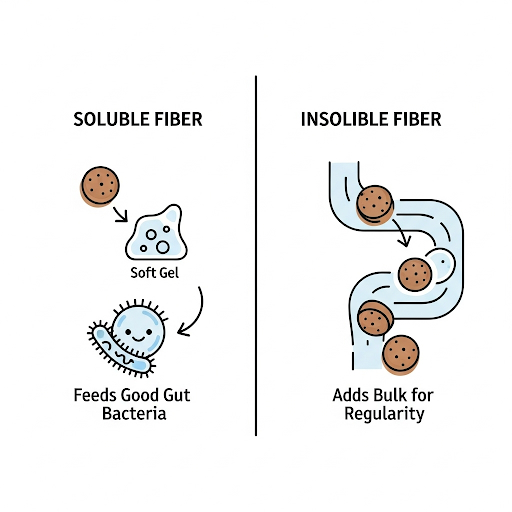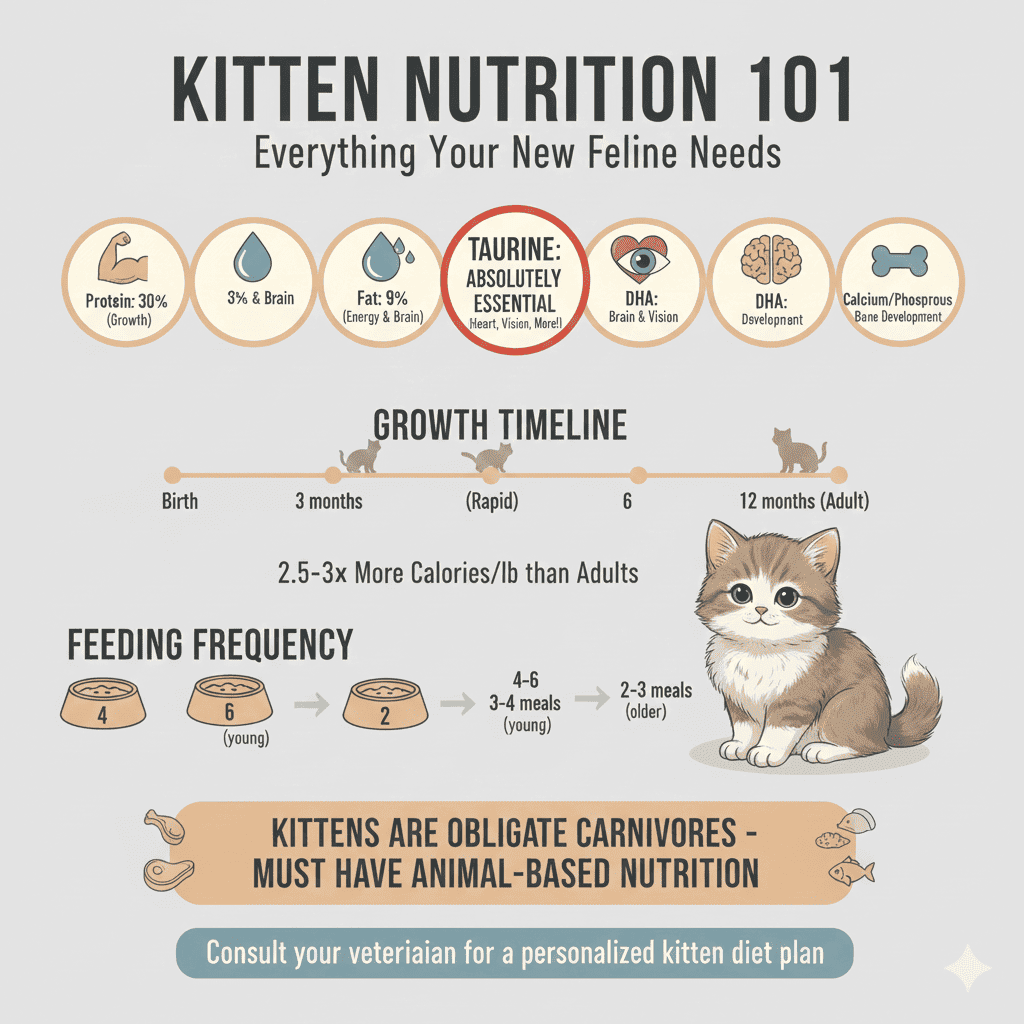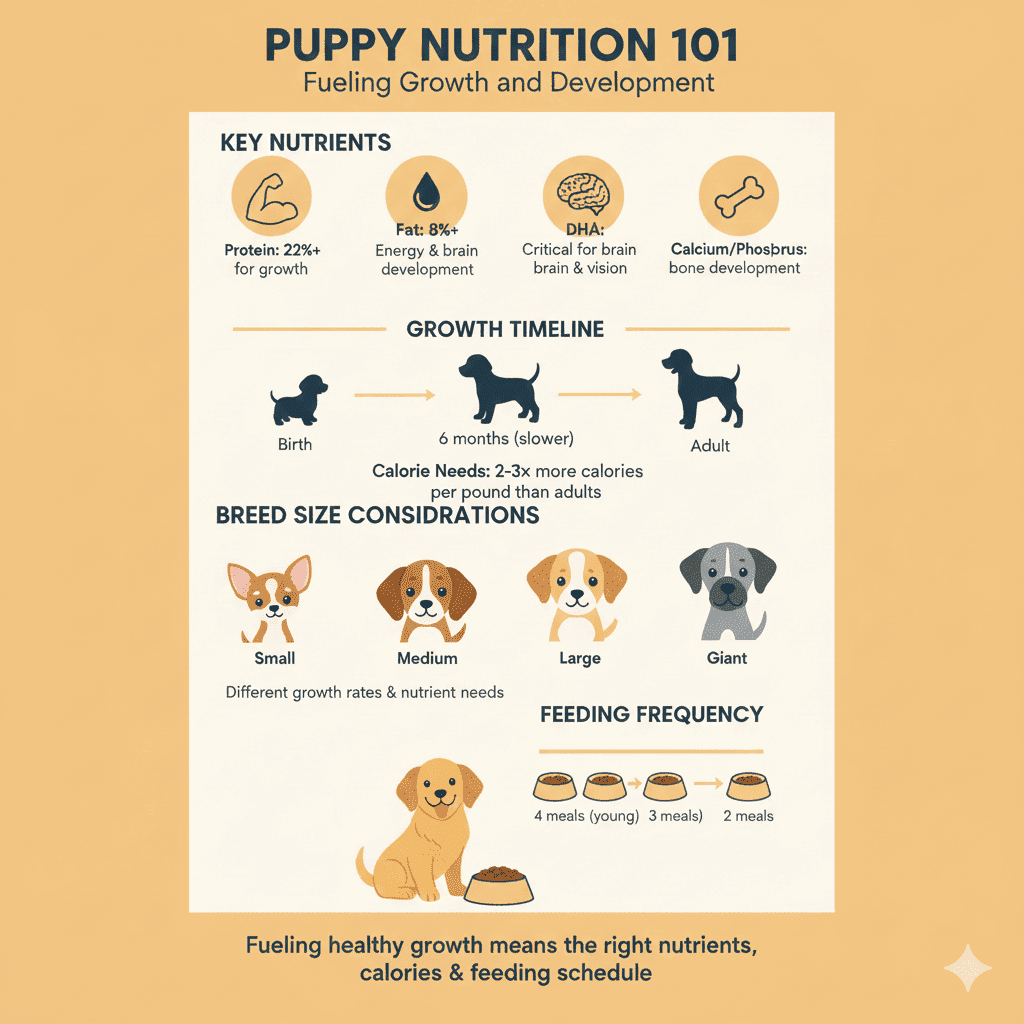You've found a new pet food that looks perfect—better ingredients, appropriate for your pet's life stage, and within your budget. You're excited to make the switch and start seeing the benefits. But here's the critical question: How do you actually make the change?
Switching your pet's food suddenly is one of the most common mistakes pet owners make. It can cause digestive upset, refusal to eat, and stress for both you and your pet. But with the right approach—a gradual 7-day transition—you can change foods safely, comfortably, and successfully.
Why Gradual Transition Matters
The Digestive System Needs Time
Your pet's digestive system is a complex ecosystem:
- Enzymes: Specific enzymes break down specific nutrients
- Gut bacteria: Microbiome adapts to the food being fed
- pH levels: Stomach acidity adjusts to food type
- Transit time: Digestive speed adapts to food composition
Sudden changes disrupt this system:
- New food requires different enzymes
- Gut bacteria need time to adjust
- pH changes can cause irritation
- Transit time changes cause diarrhea or constipation
Common Problems from Sudden Changes
Digestive upset:
- Diarrhea
- Vomiting
- Gas and bloating
- Constipation
Behavioral issues:
- Refusal to eat new food
- Stress and anxiety
- Food guarding or aggression
Health risks:
- Dehydration (from diarrhea/vomiting)
- Nutritional imbalances (during transition)
- Stress-related health issues

The 7-Day Transition Method
Overview
The 7-day transition gradually introduces the new food while reducing the old food, giving your pet's digestive system time to adapt. Here's the schedule:
Day 1-2: 25% new food, 75% old food Day 3-4: 50% new food, 50% old food Day 5-6: 75% new food, 25% old food Day 7+: 100% new food
Day-by-Day Guide
Days 1-2: Introduction Phase (25% New, 75% Old)
What to do:
- Mix 1 part new food with 3 parts old food
- Feed at regular meal times
- Monitor closely for any reactions
What to watch for:
- ✅ Normal eating behavior
- ✅ Normal stool consistency
- ✅ No vomiting
- ⚠️ Slight decrease in appetite (normal, temporary)
- ⚠️ Slight stool changes (normal, temporary)
If problems occur:
- Slow down the transition
- Stay at this ratio longer
- Consult veterinarian if severe
Days 3-4: Equal Mix (50% New, 50% Old)
What to do:
- Mix equal parts new and old food
- Continue regular meal schedule
- Continue monitoring
What to watch for:
- ✅ Digestive system adapting
- ✅ Normal or improving stool
- ✅ Good appetite
- ⚠️ Minor adjustments still normal
If problems occur:
- Go back to 25% new food for a few more days
- Don't rush the process
- Ensure food is fresh and properly stored
Days 5-6: Majority New (75% New, 25% Old)
What to do:
- Mix 3 parts new food with 1 part old food
- Almost fully transitioned
- Continue monitoring
What to watch for:
- ✅ Digestive system should be well-adapted
- ✅ Normal stool and appetite
- ✅ Comfortable with new food
- ⚠️ Final adjustments may still occur
If problems occur:
- Slow down or go back a step
- May need longer transition
- Consider if new food is appropriate
Day 7+: Full Transition (100% New Food)
What to do:
- Feed 100% new food
- Continue monitoring for a few more days
- Adjust portions if needed
What to watch for:
- ✅ Fully adapted to new food
- ✅ Normal digestion
- ✅ Good appetite and energy
- ✅ Healthy stool
If problems persist:
- May need to extend transition
- Consider if food is appropriate for your pet
- Consult veterinarian
Special Situations and Adjustments
Sensitive Stomachs
If your pet has a sensitive stomach:
- Extend to 10-14 days: Slower transition
- Smaller increments: 10% increases instead of 25%
- Monitor closely: Watch for any signs of upset
- Consider probiotics: May help during transition
Schedule for sensitive pets:
- Days 1-3: 10% new, 90% old
- Days 4-6: 25% new, 75% old
- Days 7-9: 50% new, 50% old
- Days 10-12: 75% new, 25% old
- Day 13+: 100% new
Picky Eaters
If your pet is picky:
- Mix thoroughly: Ensure new and old are well-mixed
- Warm food slightly: Enhances aroma (for wet food)
- Be patient: Don't rush
- Don't give up too quickly: May need more time
Strategies:
- Mix very thoroughly (pets may pick out old food)
- Gradually increase new food ratio
- Consider mixing wet and dry if applicable
- Ensure food is fresh and appealing
Puppies and Kittens
Young pets may need:
- Slightly faster transition: Digestive systems adapt quickly
- Still gradual: Don't rush too much
- Monitor growth: Ensure adequate nutrition during transition
- Consult veterinarian: Especially for very young pets
Senior Pets
Older pets may need:
- Slower transition: Digestive systems may be more sensitive
- Extended timeline: 10-14 days may be better
- Monitor health: Watch for any health changes
- Veterinary consultation: Especially if health issues present
Switching Between Food Types
Dry to Wet (or vice versa):
- Same 7-day method applies
- May need to adjust portions (calorie density differs)
- Monitor water intake (wet food provides more moisture)
Kibble to Raw:
- Extended transition: 2-3 weeks recommended
- Very gradual: Start with small amounts
- Monitor closely: Raw food requires different digestion
- Consult veterinarian: Especially important for raw transitions
Wet to Dry:
- Same method applies
- Ensure adequate water intake (dry food has less moisture)
- Monitor hydration
Troubleshooting Common Issues
Problem: Diarrhea
Possible causes:
- Transition too fast
- Food intolerance
- Stress
- Bacterial imbalance
Solutions:
- Slow down transition
- Go back to previous ratio
- Consider probiotics
- Consult veterinarian if severe or persistent
Problem: Vomiting
Possible causes:
- Transition too fast
- Food intolerance or allergy
- Eating too quickly
- Stress
Solutions:
- Slow down transition
- Feed smaller, more frequent meals
- Ensure food is appropriate
- Consult veterinarian if frequent or severe
Problem: Refusal to Eat
Possible causes:
- Doesn't like new food
- Transition too fast
- Stress
- Health issues
Solutions:
- Slow down transition
- Mix more thoroughly
- Try different approach (wet vs. dry)
- Ensure food is fresh
- Consult veterinarian if persistent
Problem: Constipation
Possible causes:
- Different fiber content
- Dehydration
- Transition too fast
- Reduced water intake
Solutions:
- Ensure adequate water intake
- Slow down transition
- May need to adjust fiber
- Consult veterinarian if severe
Problem: Gas and Bloating
Possible causes:
- Different ingredients
- Bacterial adjustment
- Eating too quickly
- Food intolerance
Solutions:
- Slow down transition
- Feed smaller meals
- Consider probiotics
- Monitor and adjust
Tips for Success
Preparation
Before starting:
- ✅ Have enough old food for transition period
- ✅ Have new food ready
- ✅ Plan your schedule
- ✅ Know your pet's normal eating patterns
During Transition
Best practices:
- ✅ Mix foods thoroughly
- ✅ Feed at regular times
- ✅ Monitor closely
- ✅ Be patient
- ✅ Don't rush
Monitoring
What to track:
- Appetite
- Stool consistency and frequency
- Energy levels
- Water intake
- Any behavioral changes
Storage
Keep foods fresh:
- Store old and new foods properly
- Use airtight containers
- Check expiration dates
- Don't mix large batches ahead of time
When to Consult Your Veterinarian
Seek veterinary advice if:
- Severe or persistent diarrhea
- Frequent vomiting
- Complete refusal to eat (more than 24 hours)
- Signs of dehydration
- Lethargy or other concerning symptoms
- Pre-existing health conditions
- Very young or very old pets
- Concerns about food appropriateness
The Bottom Line
Transitioning your pet to a new food doesn't have to be stressful or cause digestive upset. The 7-day gradual transition method gives your pet's digestive system time to adapt, making the change smooth and comfortable.
Key takeaways:
- ✅ Always transition gradually (7-10 days minimum)
- ✅ Start with 25% new food, gradually increase
- ✅ Monitor closely for any problems
- ✅ Adjust timeline if your pet has a sensitive stomach
- ✅ Be patient—don't rush the process
- ✅ Consult veterinarian if problems occur
- ✅ Mix foods thoroughly at each step
A successful food transition sets your pet up for success with their new diet. Take your time, be patient, and your pet will thank you with healthy digestion and a happy appetite.
Ready to transition your pet to a new food? Use our pet meal planner to find the right food for your pet, then follow this 7-day guide for a smooth, successful transition.
For more information on choosing the right food for your pet, see our comprehensive guide: The Ultimate Checklist for Choosing a New Pet Food.


